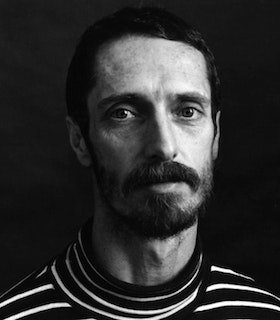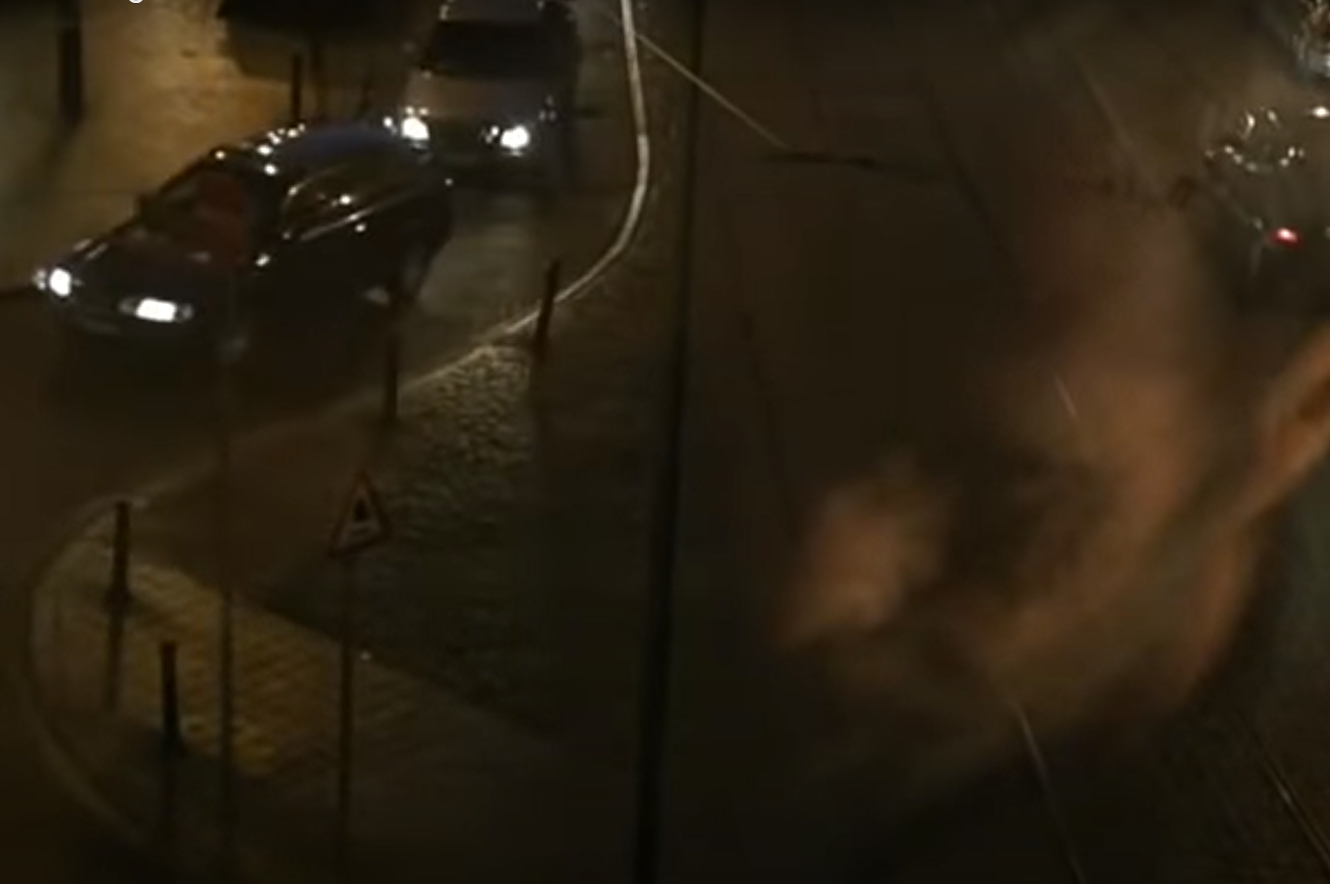In Memory of Steve Paxton
Rasmus Ölme
Steve Paxton is dead. He passed away on February 20th at the age of 85.
Paxton began his career as a dancer with masters of the modern era – first José Limon, and later, probably more importantly, Merce Cunningham, who somehow represents the post-modern both as the peak of modernism and its aftermath. Although Paxton reportedly was an excellent dancer in the modern form, it is through several other achievements after his career as a modern dancer that he has earned his name and become an unavoidable reference in the history of Western contemporary dance. An early step on the path towards today’s recognition were the classes Paxton followed at Cunningham’s studios, in which Robert and Judith Dunn taught composition based on John Cage’s work. The participants ended up showing their work at Judson Church – a name that today is a major signifier for the birth of post-modern dance. The group that formed around Judson Church in the following years include the most renown founders of the movement, such as Trisha Brown, Lucinda Childs, Douglas Dunn, Simone Forti, David Gordon, Deborah Hay, and Yvonne Rainer. In hindsight, this was pivotal event in the development of dance, but one should remember that at the time it was a pretty small circle gathering mostly a bunch of initiated. This reminder serves both to not overly mythologize the event and the people involved, and to signal that major artistic developments do not have to (or even rarely) happen in established, well-funded institutions with large audiences. Paxton has himself commented on this, saying that they were not trying to overturn an era, but were simply doing the work they felt was appropriate at the time. The Judson era ended within a few years after the dissolution of the improvisation group they had formed, Grand Union. In 1970, Paxton moved to Mad Brook Farm commune in Vermont together with other artists, notably his dance partner and life companion Lisa Nelson. Paxton combined the country life and gardening with invitations to teach and perform worldwide, and stayed there, at the farm, until his recent passing.
Steve Paxton, The Goldberg Variations, Variations 1 - 15
Despite the dance skills Paxton apparently possessed, his movement explorations lead him away from conventional dance training and aesthetics, and towards pedestrian movements and martial arts. Together with Lisa Nelson and Nancy Stark Smith he developed Contact Improvisation in the early 70s. This movement form lives on still today with practitioners all over the world, but Paxton stopped practicing, teaching, and performing it already in the 80s since he did not appreciate what it had become. Much later, in an interview, he referred to this exit as his major artistic achievement. This is significant for Paxton’s character: discrete and radical, even provocative, in the same breath. Paxton was an unwilling leader. He would refuse taking the chair at a talk, or simply not show up at all. Many are the stories about Paxton showing up late, even to his own performances. Or showing up at a workshop to teach, only to give a simple physical task and then walk away again, leaving the participants with his absence and their own work. This was combined with a mild, seemingly humble appearance, which prevented him from being dismissed as rude, snobbish, or arrogant. Yet, as history now shows, his unwillingness to take a central position seems to have put him even more firmly in exactly that position.
Paxton’s work with dance was multifaceted. Next to the creation of Contact Improvisation, Paxton also developed another technical work that he called Material for the Spine. In collaboration with Contredanse in Brussels, it was released as an interactive digital publication in 2008. Although he did make pieces, they were always improvised. In one of his most known works, Satisfyin’ Lover from 1967 he had 40 people walking across the stage one by one. In other words, it is a piece that demands no professional experience, no specific dance training, costume, light, or sound design. Anyone could stage this at any time, which links it to the score-based works from the era such as the Fluxus movement, John Cage’s 4’33 or Sol Lewitt’s Wall Drawings. Another significant work of Paxton’s was Goldberg Variations by J.S. Bach played by Glenn Gould improvised by Steve Paxton. Paxton has said about this work that his improvisation had no rule, except for the most general one: to do it differently every time.
Steve Paxton on dancing, excerpt from Paxton's DVD "Material for the Spine" produced by Contredanse, Brussels 2008
Steve Paxton, Small Dance
In this sense, Paxton was a reluctant choreographer, in its conventional definition as an author of a recognizable piece of work. When Dia Beacon presented a selection of Paxton’s work, he did not want to call it a retrospective claiming that “Most of what I’ve done isn’t reproducible. ‘Retrospective’ suggests more stability than I allowed my work to have.” Yet one more example of this is what he calls Small Dance, which consists in standing still and perceiving the movement present in the body. Looking at Paxton’s broad corpus of work one could say that he was, more than anything, a movement practitioner. His work was practice, avant la lettre. He does express something along those lines, in a video he made himself, where he states that his interest in dance was to continue his physical investigations, interrupted at young age by the school system. The techniques, the performances, workshops, and pieces were by-products of the practice-based explorations, all of which form his appreciated legacy. May he rest in movement.
From a public Zoom-interview with Paxton in his home in dialogue with Myriam Van Imschoot and Tom Engels at Dansehallerne, Copenhagen, 2020. Photo Rasmus Ölme
Rasmus Ölme is a choreographer and professor at Den Danske Scenekunstskole in Copenhagen, Denmark.
Further sources
About the becoming of Contact Improvisation …in a non-wimpy way (2012), an interview with Steve by Bojana Cvejič and Lennart Laberenz
Conversations in Vermont, extensive interviews with Steve Paxton by Myriam Van Imschoot.
Paxton’s book Gravity
Steve Paxton Talking Dance, lecture and dialogue with Paxton at the Walker Art Center.





